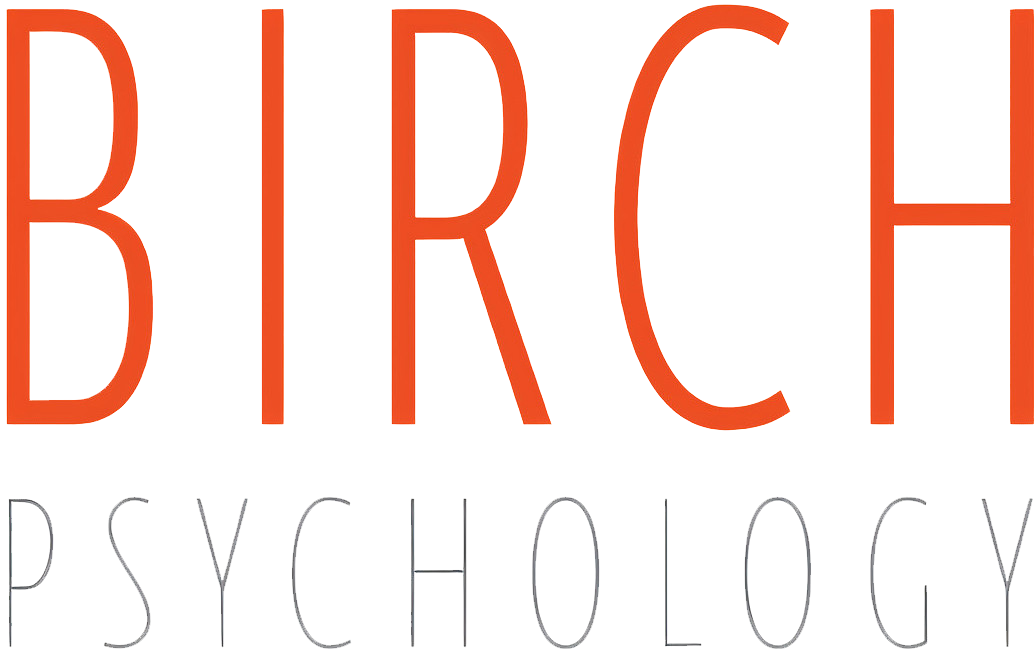Understanding the Nuances of Self Diagnosis
The answer you are searching for, to most things, can be found in around 0.38 seconds with the help of your best friend, Google. The internet is vast and expansive, enabling people to connect with almost anyone to share ideas and discuss a wide range of topics. It has proven to be educational, serving as a great resource for students and professionals, and a means to connect with people worldwide. However, the internet can also be a breeding ground for misinformation, posing the risks to public understanding and fostering the spread of false information.
Lately, discussions about mental health have become more common, and people are less afraid to talk about their own mental health struggles as well as mental illness in general. This has been paramount to not only the individual who may be experiencing mental health struggles, but also their relationships and the community that surrounds them. Mental health and specific diagnoses have become public information, prompting people to become introspective and consider how these diagnoses might relate to themselves. While self-awareness is important for personal accountability and improvement, self-diagnosing can lead to incorrect conclusions, self-treatment, and unnecessary stress.
Self-diagnosis occurs when an individual learns about a mental health condition and begins to believe they exhibit its symptoms. However, diagnosing a mental health condition is a lengthy and thorough process that requires professional evaluation. For example, let’s consider the attention deficit hyperactivity disorder (ADHD) assessment process. In order for an individual to be diagnosed with ADHD, their symptoms must be present and observed in multiple settings. If a student is being assessed for ADHD, reports on symptoms would be needed from a teacher, a parent, and the professional assessor.
The internet’s ability to share information about mental health helps people learn about themselves and find professional help. However, this widespread information can lead many to believe that they have a specific mental or learning disorder based on common traits. These traits, influenced by life stages and personality, may not always indicate a disorder. For instance, teenagers undergo cognitive changes that can resemble mental disorders, even when they are not. Many adolescents experience extreme emotions and more impulsive behavior, which, when combined with curiosity, can lead them down the rabbit hole of the internet.
Self-diagnosis can be harmful and easily lead to misdiagnosis. Symptoms can often be attributed to various factors, and while a diagnosis might seem like an easy solution to complex feelings and experiences, it can sometimes lead to misleading conclusions. Multiple diagnoses can manifest in similar symptoms but differ significantly in their nature. Both ADHD and borderline personality disorder (BPD) involve impulsivity, emotional dysregulation, and sensitivity; however, their underlying causes and mechanisms are very different. In order to select an appropriate treatment plan, it is important to have an accurate diagnosis.
Longing for a quick answer to discomfort in life is understandable, yet even a quick answer will not lead to an immediate solution. The process that clinicians and professionals use to diagnose a mental or learning disorder is thorough, and even then, they are cautious about assigning an immediate label to a person or condition. Clinicians aim to avoid leading clients down the wrong path with an incorrect diagnosis and also want to prevent them from over-identifying with a diagnosis. Although assessments can be costly, free testing for learning disabilities is often available in public schools; just over 55% of public schools in the U.S. offer mental health assessments.
Lexi Lawrenz
Birch Psychology
Resources
https://www.researchgate.net/publication/313247979_Self-Diagnosis_in_Psychology_Students
